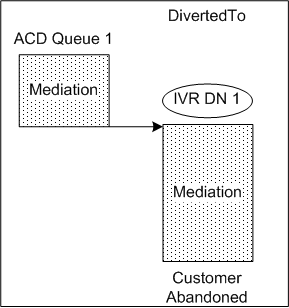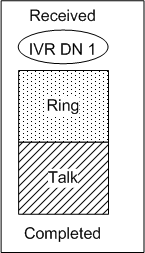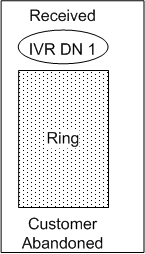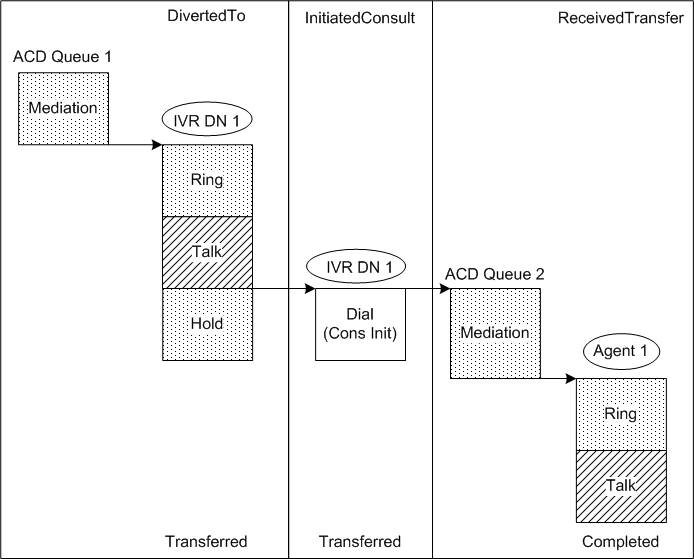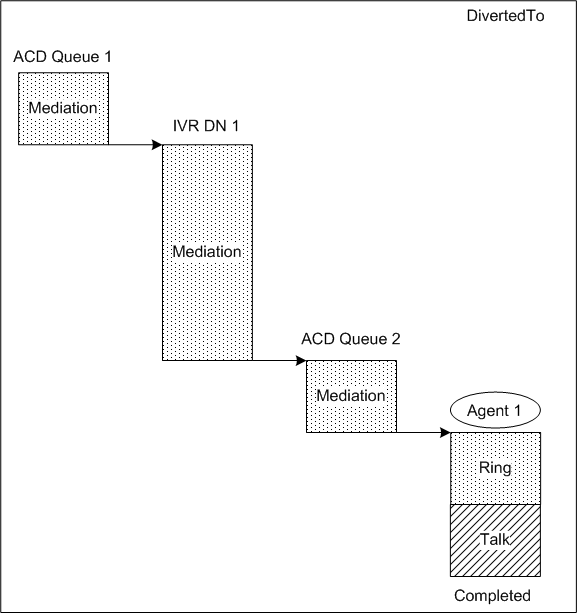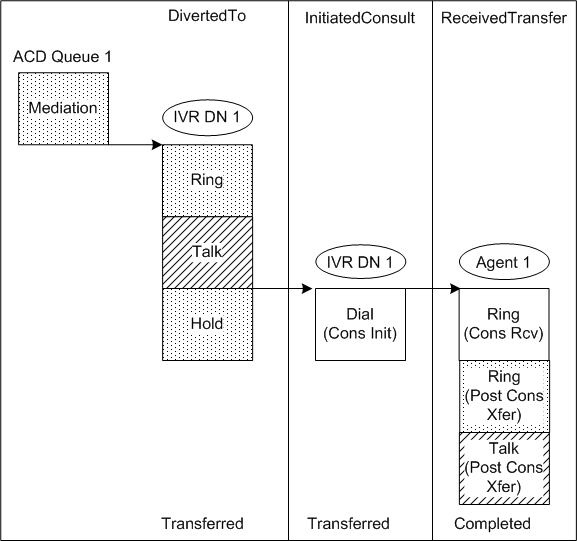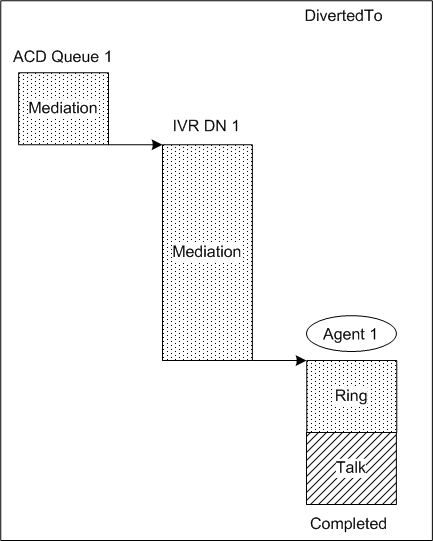Interactive Voice Response
Also known as IVR. A hardware and software system that uses responses from a touch-tone telephone to gather and store data. It uses a recorded human voice to reply to user input. It is sometimes referred to as the Voice Response Unit (VRU).
IVR can also refer to systems that provide information in the form of recorded messages over telephone lines, in response to user-supplied input in the form of spoken words or, more commonly, Dual-Tone Multi Frequency (DTMF) signaling. Examples include banks that enable you to check your balance from any telephone, and automated stock-quote systems. For example, For checking account information, press 1 or If you want a stock quote, press 2.
A computer technology that enables users to connect to a computer system and obtain information through voice input, instead of by using a keypad, keyboard, or touch-tone telephone device. An IVR system responds to a human voice, looks up information, presents alternatives, and interacts with the caller.
Glossary
Contents
IVR-Behind-Switch Call Flows
This page illustrates inbound voice call flows that are available in IVR solutions where the IVR is deployed behind the switch.
Voice interactions that arrive at the switch are queued to an ACD queue, where the ACD positions are actually IVR DNs. Either self-service, or simply front-end identification and segmentation, can be the focus of the IVR application. If the IVR application cannot completely handle the voice interaction, the interaction can be transferred to an ACD queue that represents a requested skill, service type, or customer segment. Agents who are logged in to the ACD queues handle the interactions.
The following IVR-behind-switch call flows are supported:
- Inbound to IVR via ACD queue
- Inbound to IVR directly
- Mute transfer to ACD queue
- Mute transfer to agent
Inbound to IVR via ACD queue
In this call topology, the interaction arrives at the ACD queue and is diverted to an IVR DN. The following diagrams illustrate two possible outcomes:
- Inbound to ACD queue completes normally (self-service IVR)
- Inbound to ACD queue is abandoned by the customer (nonself-service IVR)
Inbound to ACD queue (self-service IVR) — Call completes normally
| This diagram depicts the IRF representation of the call topology when the call completes normally in the case of a self-service (SS) IVR (when the IVR is in its own box).
Technical Descriptors illustrated:
|
Inbound to ACD queue (nonself-service IVR) — Call abandoned by customer
| This diagram depicts the IRF representation of the call topology when the call is abandoned by the customer. This is the nonself-service (nonSS) IVR case.
Technical Descriptors illustrated:
|
Inbound to IVR directly
In this call topology, the interaction arrives directly at an IVR DN. The following diagrams illustrate two possible outcomes:
- Inbound to IVR completes normally (self-service IVR)
- Inbound to IVR is abandoned by the customer (nonself-service IVR)
Inbound to IVR (self-service IVR) — Call completes normally
| This diagram depicts the IRF representation of the call topology when the call completes normally. This is the SS IVR case (when the IVR is in its own box).
Technical Descriptors illustrated:
|
Inbound to IVR (nonself-service IVR) — Call abandoned by customer
| This diagram depicts the IRF representation of the call topology when the call is abandoned by the customer. This is the nonSS IVR case.
Technical Descriptors illustrated:
|
Mute transfer to ACD queue
In this call topology, the interaction is mute transferred to an agent via an ACD queue. The interaction arrives at an ACD queue and is diverted to an IVR DN. The IVR then mute transfers the call to another ACD queue. The following diagrams illustrate two possible cases:
- Mute transfer to ACD queue from a self-service IVR
- Mute transfer to ACD queue from a nonself-service IVR
Mute transfer to ACD queue — Self-service IVR
| This diagram depicts the IRF representation of the call topology in the case of an SS IVR (when the IVR is in its own box).
Technical Descriptors illustrated:
|
Mute transfer to ACD queue — Nonself-service IVR
| This diagram depicts the IRF representation of the call topology in the case of a nonSS IVR.
Technical Descriptors illustrated:
|
Mute transfer to agent
In this call topology, the interaction is mute transferred to an agent. The interaction arrives at an ACD queue and is diverted to an IVR DN. The IVR then mute transfers the call to an agent. The following diagrams illustrate two possible cases:
Mute transfer to agent — Self-service IVR
| This diagram depicts the IRF representation of the call topology in the case of an SS IVR (when the IVR is in its own box).
Technical Descriptors illustrated:
|
Mute transfer to agent — Nonself-service IVR
| This diagram depicts the IRF representation of the call topology in the case of a nonSS IVR.
Technical Descriptors illustrated:
|


